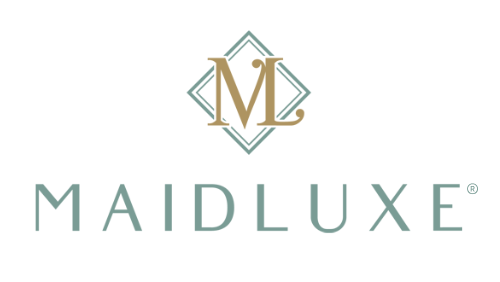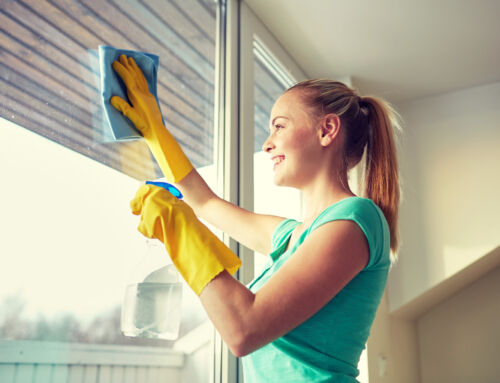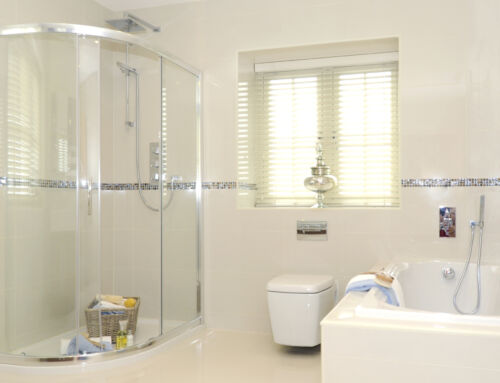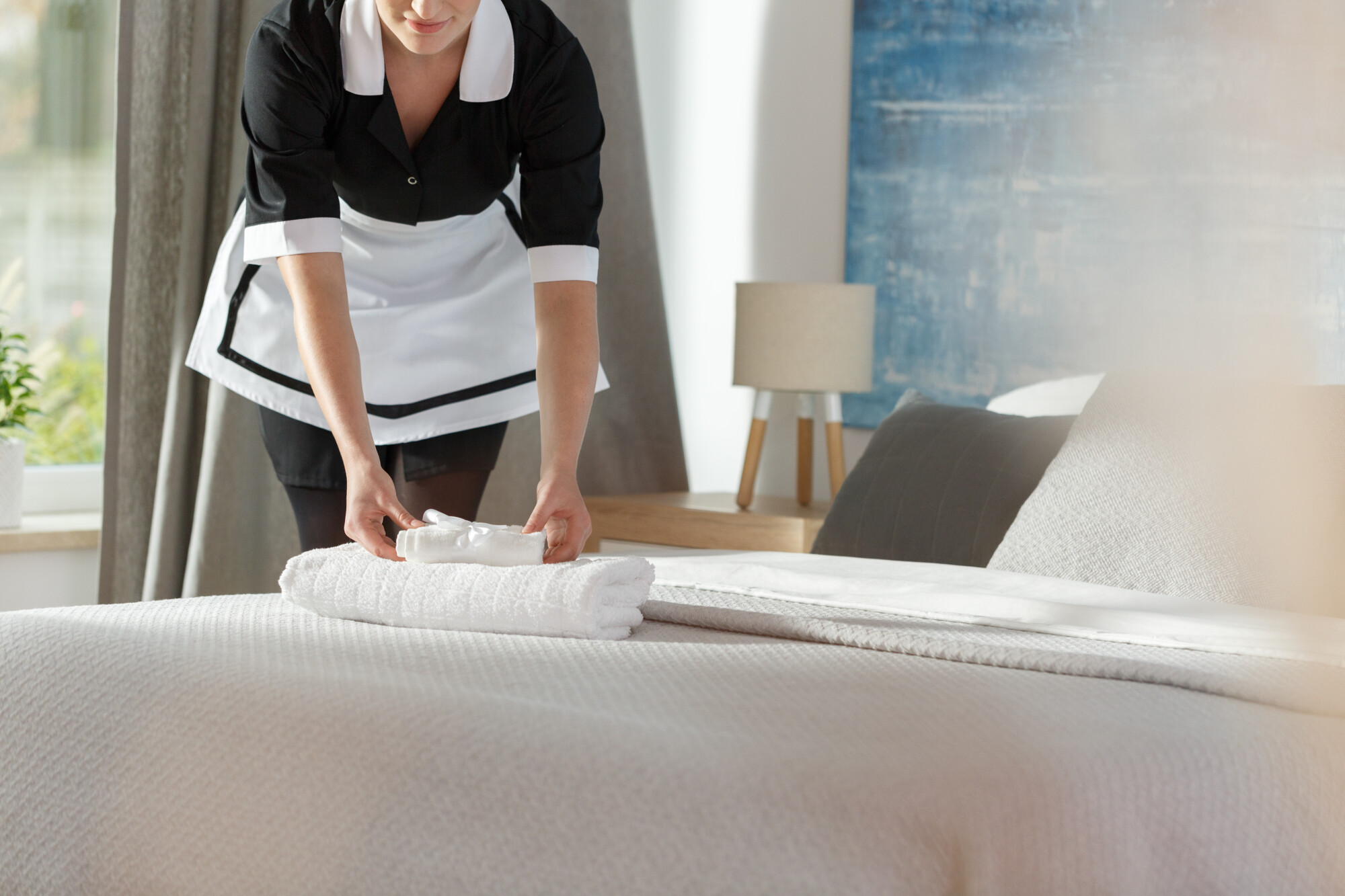
Pet-Safe Cleaning Routine: A Balance of Cleanliness and Care
Maintaining a clean home is essential for the well-being of both you and your four-legged friends. However, as pet owners, it’s crucial to find a balance between cleanliness and your pet’s safety and comfort. In this comprehensive guide, we’ll delve into the art of Creating a Pet-Safe Cleaning Routine. Whether you have a mischievous cat or a playful pup, these strategies will help you keep your living space spotless while ensuring your furry companions thrive.
Creating a Pet-Safe Cleaning Routine: Balance Between Cleanliness and Care
As responsible pet owners, we want the best for our animal companions. Cleaning your home is no exception, but it’s important to approach it with caution and care. Let’s explore effective ways to maintain a tidy space while keeping your pets’ well-being in mind.
Understanding Your Pet’s Sensitivities
In the intricate tapestry of our households, our beloved cats and dogs weave themselves as not just companions, but cherished family members. As we endeavor to maintain a clean and inviting living space, it’s imperative to recognize the distinctive sensitivities that these furry friends possess when it comes to the various cleaning products we employ. Indeed, their responses to certain chemicals can be markedly different from our own, making it vital for us to tread cautiously in our pursuit of a pristine environment.
It’s no secret that the array of cleaning products available on the market today contains a medley of chemicals, some of which can pose unforeseen risks to our pets’ well-being. The intricacies of their respiratory systems and the delicacy of their skin render them particularly vulnerable to the effects of certain cleaning agents. As responsible pet owners, the onus falls on us to strike a harmonious balance between maintaining cleanliness and safeguarding their health.
To this end, the journey toward creating a pet-safe environment necessitates a conscientious approach to product selection. Opting for natural or specifically formulated pet-friendly cleaning solutions emerges as a commendable choice. These alternatives embrace the ethos of gentle effectiveness, steering clear of harsh chemicals that could potentially undermine the delicate equilibrium of our pets’ constitutions.
As discerning consumers, the labels on cleaning products become our guiding lights. The term “non-toxic” takes on a profound significance in our pursuit of a safe haven for our pets. Products bearing this label not only resonate with our commitment to responsible ownership but also signify a conscious choice to shield our pets from harm’s way.
Within this realm of conscientious product selection, a note of caution is warranted against certain chemicals that have the potential to wreak havoc on our pets’ health. Ammonia and bleach, while stalwarts in the realm of cleaning, unveil a darker side when it comes to their interactions with our four-legged companions. These chemicals, often emblematic of cleanliness, can cast a shadow over our pets’ well-being, inducing skin irritations, respiratory distress, and other adverse effects.
Regular Grooming for a Cleaner Home
Amidst the daily rhythms of life, our four-legged companions bring boundless joy and unconditional love to our homes. Alongside these heartwarming moments, however, come the inevitable traces of their presence – the tufts of fur, the occasional paw prints, and the exuberant energy that leaves its mark. Yet, in this harmonious cohabitation, there exists a powerful secret to maintaining a cleaner living space: regular pet grooming.
Grooming transcends the realm of aesthetics; it embodies a practice that resonates with both care and cleanliness. The act of brushing your pet’s fur is a ritual that holds more significance than meets the eye. Beyond the sheen and smoothness it imparts to their coats, regular brushing serves as a preemptive measure against the perpetual shedding that our furry friends are renowned for.
Shedding, while a natural phenomenon, can sometimes feel like a ceaseless flurry of hair, dispersing itself across our floors, furniture, and clothing. Yet, through consistent grooming sessions, this formidable challenge can be subdued. By removing loose fur through brushing, we curtail the amount of hair that inevitably finds its way into every nook and cranny. This translates into a noticeable reduction in the accumulation of pet hair, making our homes a more inviting and less labor-intensive space to maintain.
Moreover, the benefits of grooming extend beyond hair management. Trimming your pet’s nails is a fundamental aspect of their well-being, holding implications that transcend aesthetics. By keeping their nails at an optimal length, you’re not only averting potential scratches to yourself and your furniture but also enhancing their overall comfort. Untrimmed nails can pose discomfort to pets, affecting their gait and even leading to ingrown nails.
Furthermore, the simple act of nail trimming contributes to the cleanliness of your home environment. Long nails are more likely to trap dirt, debris, and even the occasional outdoor adventure. By regularly attending to their nails, you’re mitigating the chances of them unwittingly introducing outdoor elements into your living spaces, thus maintaining a healthier and more hygienic atmosphere.
In essence, regular grooming emerges as an unspoken pact between pet and owner – a pact that speaks of consideration, care, and the shared endeavor to coexist harmoniously. The fur that is shed, the nails that grow, and the bonds that strengthen – all these facets interweave within the art of grooming, a practice that transcends the utilitarian and takes on the hues of a heartwarming ritual.
The Power of HEPA Filters
Within the heart of our homes, where laughter mingles with the pitter-patter of paws, lies a continuous interplay between comfort and cleanliness. For pet owners, this interplay often takes on a distinct significance, as the joys of companionship coincide with the challenges of maintaining a pristine living environment. Yet, nestled within the realm of modern technology, there exists a potent ally that can transform the way we navigate this delicate equilibrium – the HEPA filter.
In the realm of cleaning innovations, the HEPA filter stands as a testament to the strides we’ve made in harmonizing cleanliness with well-being. Acronymic for “High-Efficiency Particulate Air,” HEPA filters are engineered with an intricate architecture designed to capture the minutest of particles that linger in our living spaces. For pet owners, these filters herald a new era in their quest for cleanliness, offering an indispensable tool in the battle against pet dander and allergens.
Pet dander, those minuscule flecks of skin and fur that manifest as an inevitable consequence of living with our furry companions, often become the unwitting culprits behind respiratory discomfort and allergies. In homes where pets frolic, their presence is palpable in the air, settling on surfaces and occasionally triggering allergic reactions. This is where the HEPA filter emerges as a game-changer, capable of capturing particles as small as 0.3 micrometers – a feat that escapes the grasp of standard filters.
The magic of the HEPA filter resides in its intricate mesh of fibers, strategically woven to entrap particles in a labyrinthine embrace. In this dance of filtration, pet dander, pollen, and other microscopic irritants are ensnared, preventing their circulation and accumulation within our living spaces. Regular vacuuming with a HEPA-equipped cleaner holds the power to curtail the presence of these allergens, leading to a discernible improvement in indoor air quality.
The significance of this innovation extends beyond its cleansing capabilities. For households with pets, it translates into an environment where the air is not just purified but also conducive to respiratory well-being. The reduction of allergens in the air can alleviate the discomfort experienced by allergy sufferers, contributing to an overall sense of health and comfort. It’s a shift that transforms the very air we breathe into a conduit of wellness.
Paw Cleaning Stations at Entryways
Pets often track dirt and germs into the house after outdoor adventures. Setting up paw cleaning stations near entryways can help minimize the mess. Use a shallow tray filled with water or pet-safe wipes to clean your pet’s paws before they enter the house. This simple step can prevent dirt from spreading throughout your home.
Choosing Pet-friendly Fabrics and Surfaces
In the symphony of life with our beloved pets, our homes become the backdrop to shared adventures and cherished moments. Yet, amidst the laughter and paws, the choreography of cleanliness requires careful consideration. Choosing pet-friendly fabrics and surfaces becomes an art that harmonizes practicality with aesthetics, ensuring a living space that thrives in both comfort and order.
Here are some key pointers to guide your selection process:
- Upholstery Resilience: Opt for fabrics that not only boast visual appeal but also possess the tenacity to withstand the occasional mishaps. Leather and microfiber upholstery, with their forgiving surfaces, offer a seamless blend of style and functionality.
- Ease of Cleaning: Prioritize materials that are easy to clean. When accidents happen, fabrics like leather and microfiber can be swiftly cleansed, preserving the pristine allure of your furniture.
- Resistance to Stains: Look for fabrics that inherently resist stains. These materials create a shield against the inadvertent spills and stains that are par for the course in a pet-friendly household.
- Scratch-Resistant Flooring: Extend your considerations to the floor. Opt for scratch-resistant flooring materials that stand up to the playful antics of your furry companions.
- Durability of Floor Materials: Choose floor surfaces that withstand the test of time. Laminates, tiles, and hardwoods are among the stalwarts that maintain their elegance while accommodating your pets’ presence.
- Ease of Maintenance: Streamline your cleaning routine with surfaces that are easy to mop or vacuum. These materials simplify the process of keeping your home spotless.
- Stain-Repellent Rugs: If rugs are a part of your interior, consider stain-repellent options that ensure longevity even in the face of pet-related mishaps.
- Washable Slipcovers: For upholstered furniture, invest in washable slipcovers. These provide an extra layer of protection and convenience in maintaining a clean environment.
- Pet-Friendly Paints: Extend your considerations beyond fabrics and surfaces to the very walls. Opt for paints that are pet-friendly and easy to wipe clean, ensuring your home remains fresh and vibrant.
- Integrated Pet Spaces: As you design your living space, integrate designated areas for your pets. These zones can be equipped with materials that are specifically chosen to withstand wear and tear.
- Visual Cohesion: Balance your choices to maintain a cohesive visual aesthetic. Choose fabrics and surfaces that complement each other, creating a seamless and inviting environment.
- Personalization with Accessories: While the foundation lies in fabric and surfaces, infuse your space with personalized touches through pet-friendly accessories that enhance both aesthetics and functionality.
Strategic Placement of Litter Boxes and Bedding
For cat owners, proper placement of litter boxes is crucial. Cats prefer privacy, so avoid placing the litter box in high-traffic areas. Similarly, strategically position your pet’s bedding in quiet and comfortable spots. This will not only make your pets feel secure but also prevent unwanted messes in common areas.
Regular Vet Checkups for Health and Hygiene
Maintaining your pet’s health is an integral part of a pet-safe cleaning routine. Regular visits to the veterinarian ensure that your pet is up-to-date on vaccinations and parasite prevention. A healthy pet is less likely to carry germs or pests into your home.
Managing Pet Odors Naturally
In the tapestry of our homes where the joyous barks and purrs of our furry companions resonate, another facet of reality also weaves its presence – the challenge of managing pet odors. While our pets fill our lives with boundless love, their presence can sometimes introduce scents that linger. However, the solution need not lie in the arsenal of harsh chemical air fresheners. Instead, nature herself offers an elegant remedy that harmonizes with the principles of wellness – baking soda.
Baking Soda: A Natural Deodorizer
Within the realm of natural cleaning, baking soda stands as an unsung hero. This unassuming powder, often found in kitchens, possesses remarkable deodorizing qualities. As an absorber of odors, baking soda’s effectiveness arises from its ability to neutralize unwanted scents rather than merely masking them.
To harness this power, the process is both simple and effective. A thin layer of baking soda, generously sprinkled onto your carpets, serves as the first step in banishing pet odors. Allow this unobtrusive layer to settle for a while, giving it the opportunity to work its magic. Then, with measured anticipation, vacuum up the powder, along with the odors it has absorbed, leaving behind a noticeably fresher ambiance.
Essential Oils: Nature’s Fragrant Allies
Beyond the realm of powders, essential oils emerge as another treasure trove from nature’s aromatic arsenal. The realm of pet-safe scents, such as lavender or chamomile, beckons us to create personalized room sprays that dissipate pet odors in favor of tranquility and freshness.
Crafting these DIY room sprays is a venture that marries simplicity with creativity. Diluting essential oils in water, you concoct a solution that, when spritzed in living spaces, gently infuses the air with pleasant scents. It’s a symphony of nature’s fragrances that sweeps away pet odors while honoring the essence of well-being.
A Symphony of Balance
In the realm of managing pet odors naturally, baking soda and essential oils stand as pillars of a holistic approach. As responsible pet owners, we navigate the terrain of cleanliness while maintaining a deep commitment to the health and comfort of our furry friends. Through these natural solutions, we harmonize these aspirations, weaving an environment that is both refreshingly scented and mindful of the well-being of all who call it home.
So, as you reach for the baking soda and explore the world of essential oils, remember that nature herself offers a symphony of balance – a symphony where the freshness of the air and the warmth of your pets’ presence converge in perfect harmony.
Incorporating Playtime and Mental Stimulation
Believe it or not, playtime can contribute to a cleaner home. Engaging your pets in regular play and mental stimulation reduces their likelihood of becoming bored and engaging in destructive behaviors. A well-exercised pet is less likely to scratch furniture or create messes out of sheer boredom.
Safely Managing Pet Hair
Pet hair seems to find its way into every nook and cranny. To manage it effectively, invest in lint rollers, pet-specific hair removal tools, and washable slipcovers for furniture. Establish a routine of brushing your pets to minimize shedding and vacuuming regularly to keep pet hair under control.
Enriching Your Home Environment
A clean home is essential, but so is creating an enriching environment for your pets. Provide scratching posts, climbing trees for cats, and interactive toys for dogs. When your pets are engaged and content, they’re less likely to engage in destructive behaviors that create messes.
Effective Strategies for Pet-Safe Cleaning
To help you on your journey of creating a pet-safe cleaning routine, here are some actionable strategies that combine cleanliness with care:
- Regularly wash pet toys: Toys can harbor dirt and bacteria. Keep your pet’s toys clean by washing them regularly with mild soap and water.
- Use pet-friendly room sprays: Opt for pet-safe room sprays to keep your home smelling fresh without exposing your pets to harmful chemicals.
- Wash bedding and blankets: Your pet’s bedding can accumulate dirt and pet hair. Make sure to wash them frequently to maintain a clean and comfortable sleeping area for your furry friend.
- Pet-proof trash cans: Invest in trash cans with secure lids to prevent curious pets from rummaging through the trash and creating messes.
- Practice crate training: If applicable, crate training can prevent accidents when you’re not around to supervise your pets.
- Train for good behavior: Basic obedience training can go a long way in preventing behaviors that lead to messy situations. Teach your pets commands like “stay” and “leave it” to avoid spills and accidents.
FAQs
Q: How often should I groom my pet? A: The frequency of grooming depends on the breed and coat type. Regular brushing is generally recommended at least once a week.
Q: Are there any specific cleaning products I should avoid? A: Yes, avoid products containing ammonia, bleach, or other harsh chemicals. These can be harmful to your pets.
Q: What’s the best way to clean up pet accidents? A: Blot up as much of the mess as possible, then clean the area with a mixture of mild soap and water. Rinse thoroughly and blot dry.
Q: Can I use essential oils around my pets? A: Some essential oils are toxic to pets. Research thoroughly before using essential oils and opt for pet-safe scents like lavender or chamomile.
Q: How can I prevent pets from scratching furniture? A: Provide scratching posts and pads as alternatives. Regular nail trims can also minimize the damage caused by scratching.
Q: Is it safe to use a steam cleaner with pets around? A: Steam cleaners can be safe if used correctly. Ensure that your pets are not in the immediate vicinity while you’re cleaning.
In Conclusion…
Creating a Pet-Safe Cleaning Routine is an art that requires consideration for both cleanliness and your pets’ well-being. By implementing the strategies outlined in this guide, you can maintain a clean and inviting home while ensuring your furry companions are happy and healthy. Remember, a harmonious home is one where both you and your pets thrive.
Share this article
Follow us
A quick overview of the topics covered in this article.

















